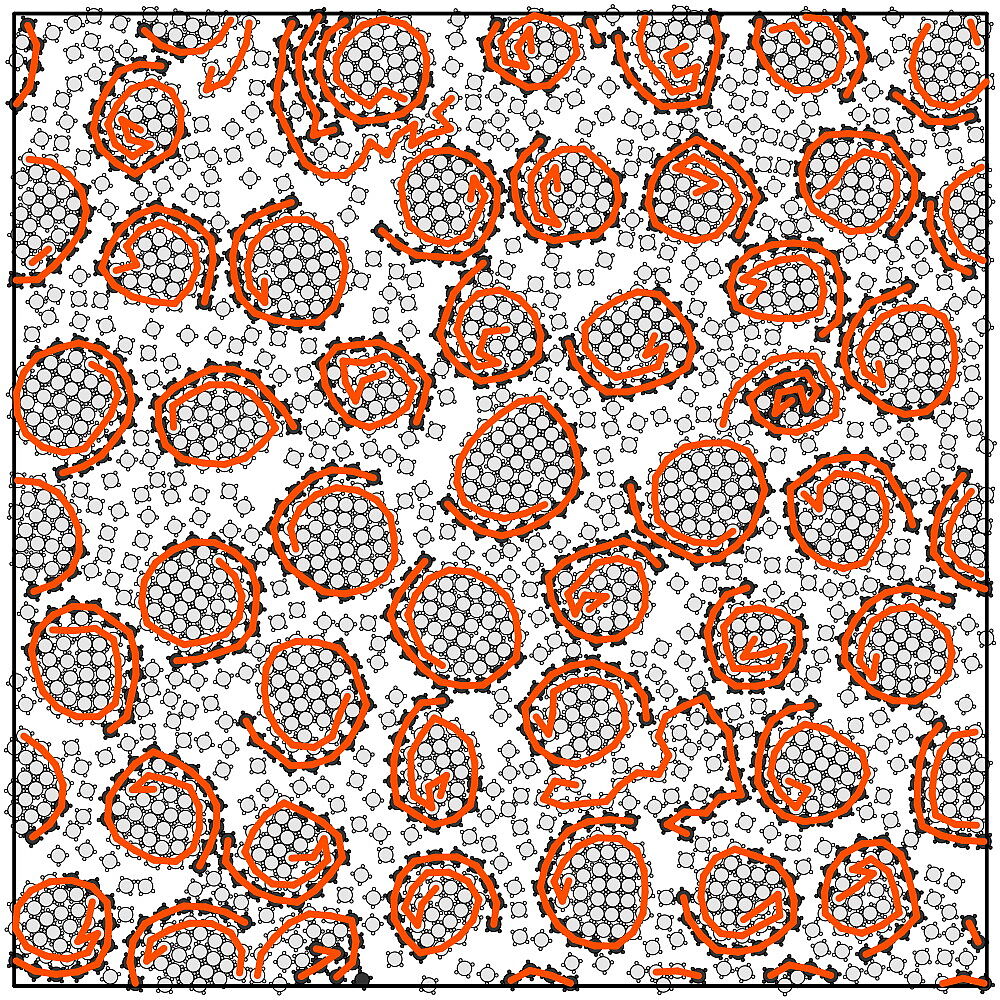
Soap has the amazing property that it contains molecules that nestle themselves between grease and dirt on the skin and the skin itself. Once the molecules come into contact with water they dissolve and can be washed away.
For researchers from the FAU in Erlangen/Nuremberg and the Heinrich-Heine University in Düsseldorf (HHU), Germany, this served as an inspiration to search for a way to remove oil spills and other pollution from surface water. This was announced by the FAU in a press release.
The researchers came up with a kind of rotating microrobot that is one centimeter in size and weighs one gram. The robots also have seven tiny legs. When placed on a vibrating plate, they begin to rotate, but not all in the same direction. The microrobots either rotate clockwise or counterclockwise depending on the direction in which the legs are adjusted
The like-minded microbots seek each other out. They are, as such, two separate groups of left-handed and right-handed robots.
Surfing
Once in contact with water, they “surf the surface at great speed, enabling them to better achieve their goal of lowering surface tension,” says Christian Scholz, who conducted the experiments at HHU’s Institute of Theoretical Physics.
The robots mix with each other again when the voltage of the current is reduced on the upper surface. “If the chain is made up of only one strand with robots rotating in different directions, then that rotation causes both ends of the chain to come together and form a circle.”
According to the HHU, under certain conditions, this creates new structures that the researchers call “rotelles,” which are named after the Latin word rotelle (small wheel). By supplying the microrobot chains with energy and thus setting them in motion, they behave similarly to substances on surface water. The robots can therefore be classified as surface-active agents, which can be switched on or off at any time just by turning the energy source on or off.
The researchers think that in the future this group formation of the tiny robots could be used, for example, to scoop off an oily film from the water surface, just like soap does from the skin. It could also be used to solve other pollution problems in surface water.
This brings us straight to the real clincher: For the robots to be usable in practice, they will have to become much smaller. The researchers are thinking of microrobots of 0.0001 and 0.00001 centimeters in size. In other words, there is still a long way to go.

